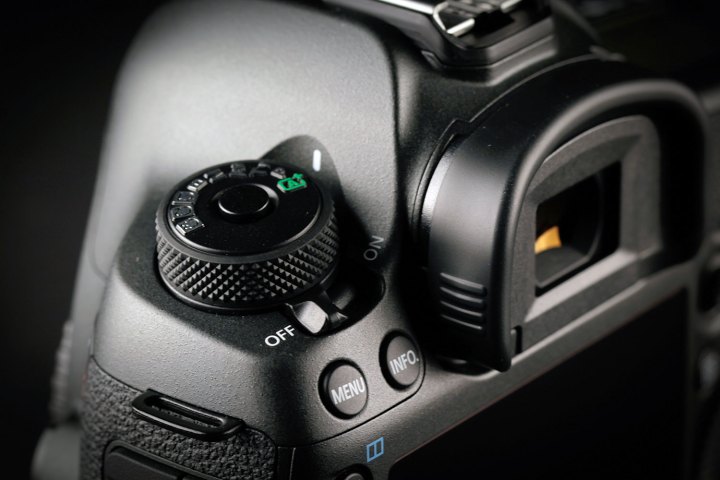
Using metadata gathered from over 12 million photographs shared online, ExploreCams has created an infographic showing off the top 50 interchangeable-lens digital cameras and the lenses most used with them. The data itself is impressive, but the resulting breakdown by manufacturer is equally interesting.

Of the top ten cameras, seven of them are Canon, while the remaining three are Nikon. If we look back a little further, however, Nikon pulls in 12 different camera models within the top 20, amassing 60 percent of those spots.
As seen in the above graphic, it isn’t until the 22nd spot that we see a manufacturer other than Canon or Nikon, thanks to Sony’s A6000. Fujifilm follows suit, with its X-T1 camera coming in at 28th. Olympus is the only other manufacturer to crack the top 50 list, with its E-M1 coming in 44th.

After breaking down the most-used interchangeable-lens cameras, ExploreCams next shows off what lenses are most used with each of them.
Unsurprisingly, the most used lenses tend to be the various “kit” lenses that each manufacturer offers alongside each respective camera. Of the top five lenses for each of the top 50 cameras, the only third-party lens manufacturers that appear are Tamron and Sigma, neither of which hold more than one of the top five spots for each camera.
To take a closer look at the numbers, head on over to ExploreCams’ infographic. If you’re a data junkie who loves cameras, though, be prepared to lose a few hours of your day.



